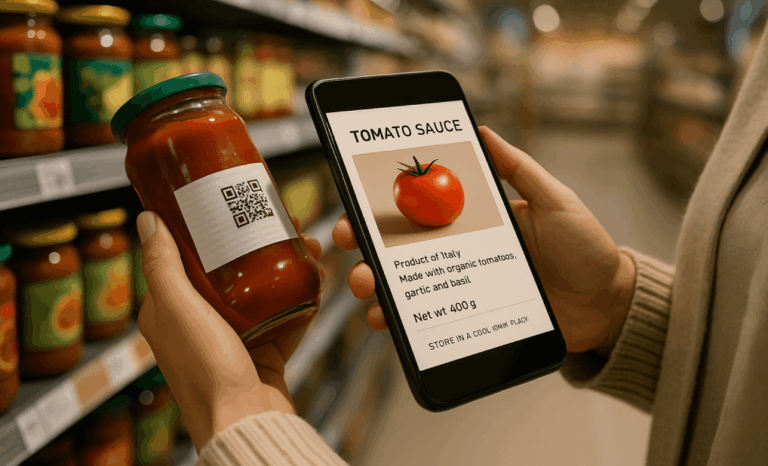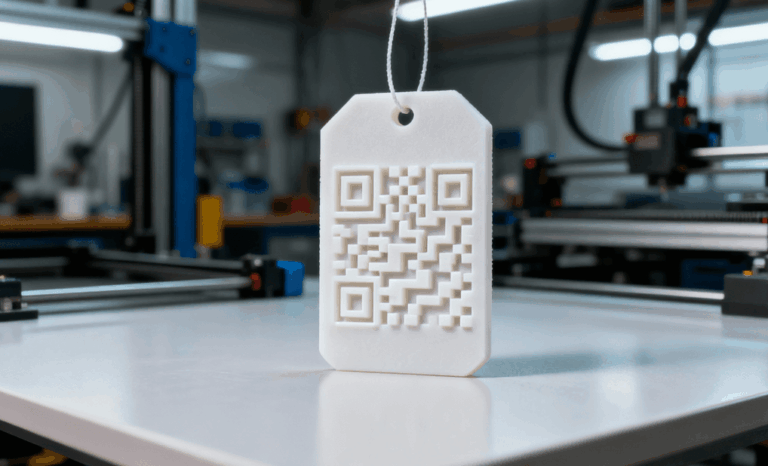QR codes in food labeling regulations are reshaping how food manufacturers, retailers, and brands communicate critical product information. From traceability requirements to consumer education, QR codes are fast becoming the most efficient way to deliver what labels can’t always fit — in real time, and at scale.
Why QR codes matter in food labeling regulations
Across the food and beverage industry, regulations are evolving. Government agencies like the FDA are introducing stricter rules to improve transparency, food safety, and supply chain traceability. This includes new mandates for key data elements, additional recordkeeping, and faster identification of contaminated food products.
QR codes on food packaging offer a cost-effective, scalable way to comply. They provide instant access to detailed information — from a product’s origin to allergen warnings — without crowding the label.

From compliance to connection: The dual role of QR codes
While the initial push to adopt QR codes stems from regulatory pressure, food companies quickly realize the marketing potential. A dynamic QR code doesn’t just meet a legal requirement — it creates a touchpoint. It can educate consumers, build trust, and differentiate brands.
You can update QR code data at any time, without reprinting packaging. That flexibility is critical in an industry where laws change, recalls happen, and information needs to evolve.

Meeting traceability requirements with QR codes
The FDA’s Food Traceability Final Rule outlines specific requirements for high-risk food items — including tropical tree fruits, leafy greens, and ready-to-eat deli salads. Businesses must track critical tracking events across the supply chain and maintain records of where food products come from, how they move, and when they change hands.
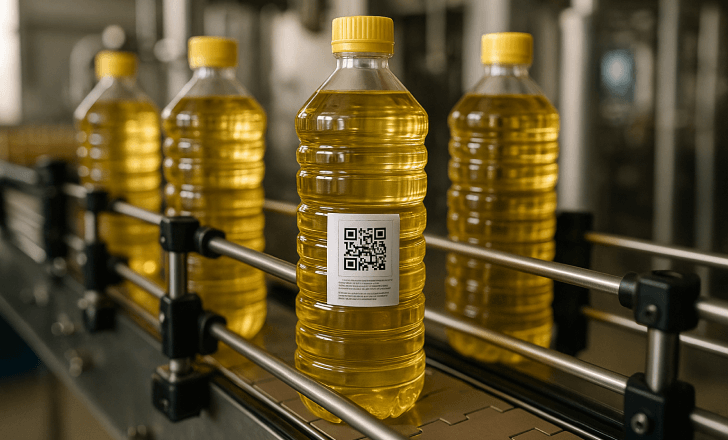
What does this mean for packaging?
Static labels can’t carry all this information. But QR codes can.
By scanning a QR code, retailers and consumers can access the full food traceability list and view key data in context — such as harvest date, packaging site, transportation conditions, and more. This enables faster response during recalls and enhances consumer protection.
What food and beverage companies can include in a QR code
QR codes in food labeling regulations allow companies to provide far more than what fits on traditional packaging. Here’s what they can link to:
- Ingredient lists and allergen information
- Nutrition facts and dietary certifications
- Product’s journey from farm to table
- Food safety practices and sustainability efforts
- Batch numbers, lot codes, and expiry dates
- Instructions for recycling or reuse
- Brand stories and sourcing transparency
The information can vary by region, but QR codes offer a single solution that adapts dynamically.
Real-time updates without reprinting labels
One of the greatest advantages of using a dynamic QR code is the ability to update the linked content at any time. For example:
- A food recall? Update the page instantly.
- A regulation changes? Revise without reprinting.
- A new sustainability certification? Add it to the landing.
This helps food manufacturers stay compliant while saving costs — and it reduces waste, supporting broader sustainability practices.
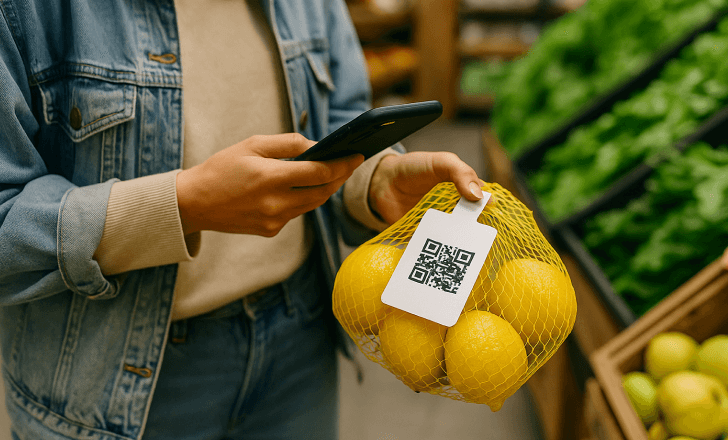
How consumers interact with QR codes on food
Consumers increasingly expect to scan QR codes to get more food information. Whether it’s checking the sugar content of a beverage or confirming whether a snack is gluten-free, scanning takes seconds and requires only a smartphone.
The rise of consumer scans
Brands that make scanning feel valuable — by offering personalized tips, recipes, or transparency about sourcing — gain more than just compliance. They gain trust. And trust leads to repeat purchases.
Even better, QR code scans provide valuable real-time data. You can analyze where, when, and how often products are scanned to understand consumer behavior and improve your offerings.
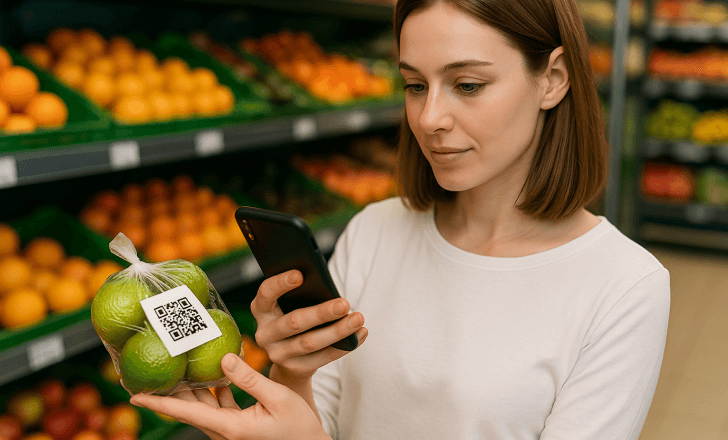
Are QR codes required by law for food labels?
Not always — but increasingly, yes.
For now, QR codes are often recommended as a compliant method for delivering required information. In the U.S., the National Bioengineered Food Disclosure Standard allows QR codes as a means of access to disclosure. In the EU and other jurisdictions, regulators encourage digital labeling to supplement mandatory packaging text.
As laws evolve, it’s likely QR codes will become a central component in global food labeling strategies. For many food companies, the smart move is to prepare now.
How do QR codes support sustainability in food packaging?
Paper inserts, printed guides, and oversized labels all generate waste. QR codes offer a digital-first alternative. By reducing the need for excess packaging while still providing complete product traceability and safety information, QR codes align with both legal and environmental goals.
They also support consumer behavior. People want less waste, more transparency, and a cleaner user experience — and QR codes deliver exactly that.
Why the food industry is moving toward smart labeling
Traditional labels are static. They can’t adapt, scale, or educate in real time.
Smart labeling powered by QR codes allows companies to meet legal obligations while creating a better customer experience. Whether it’s traceability, ingredient transparency, or brand storytelling, a single scan can unlock a world of information.
As the food industry adapts to modern challenges, smart labels aren’t just helpful — they’re inevitable.
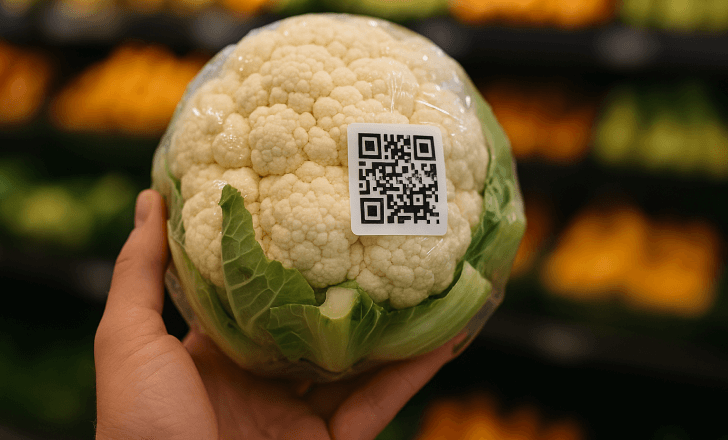
What are the legal risks of not complying with QR code labeling requirements?
Failure to comply with food labeling regulations — including traceability mandates and disclosure requirements — can result in fines, product recalls, or bans from retail distribution. While QR codes are not always mandatory, they often represent the easiest path to compliance. Ignoring their use may mean your business falls short of both law and consumer expectations.
Can small food businesses and local producers use QR codes effectively?
Absolutely. QR code tools today are user-friendly and cost-effective. Even small operations can create QR codes that link to food safety certifications, product origin, or allergen details. In fact, using QR codes can help smaller producers compete with big brands by demonstrating transparency and professionalism.
What are the best practices for placing QR codes on food packaging?
QR codes should be easy to see and scan. Place them in areas that won’t crease or distort. Make sure the contrast is high and test on multiple devices. If space allows, include a short call-to-action near the code (e.g. “Scan to see where this came from”).
Dynamic QR codes also allow A/B testing of designs, so you can see what works best for your customers.
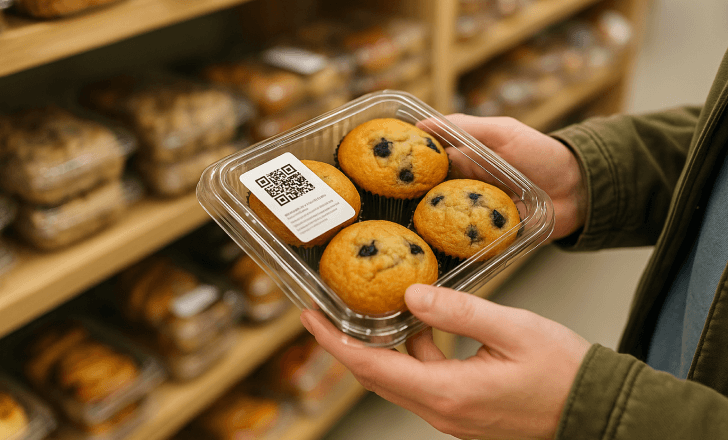
Conclusion: QR codes are shaping the future of food labeling
From meeting legal requirements to building trust and reducing waste, QR codes are becoming a vital part of the food packaging ecosystem. They help food companies deliver detailed information, improve traceability, and connect directly with consumers — all while staying agile in a changing regulatory landscape.
Whether you’re a large manufacturer or a local farm, QR codes give you the tools to comply, educate, and thrive.

